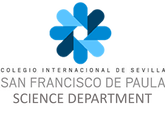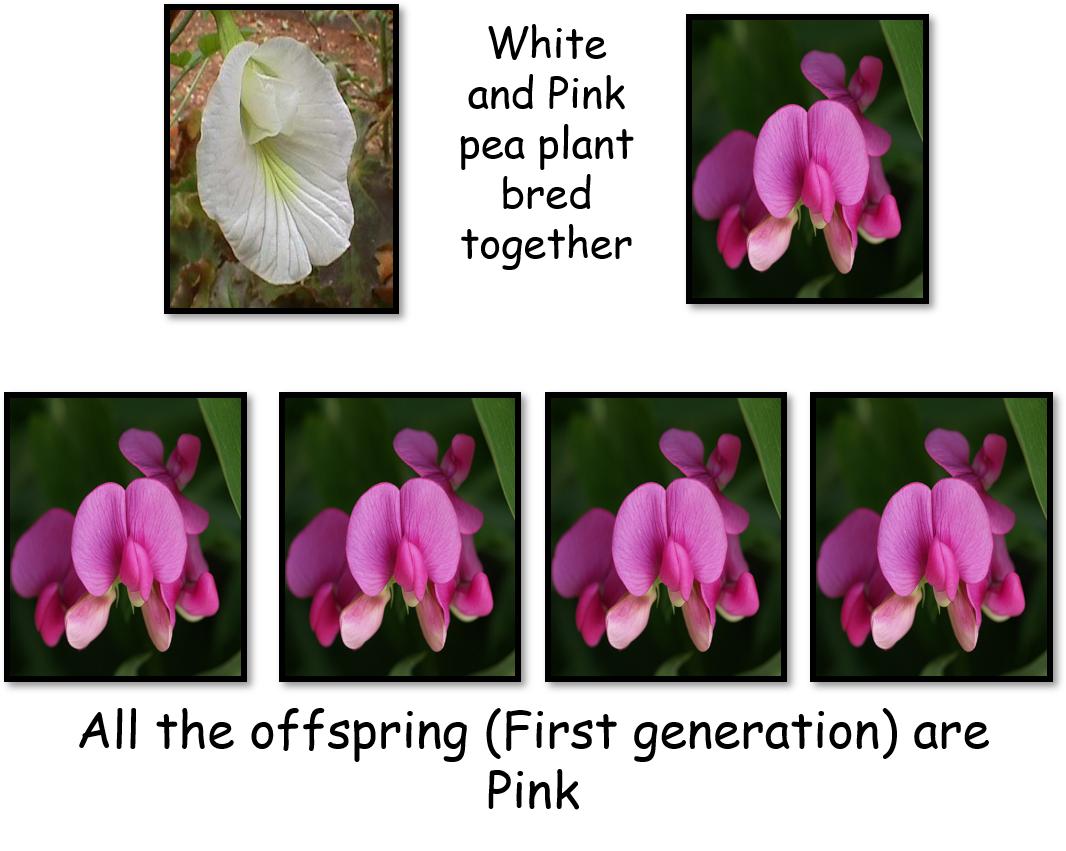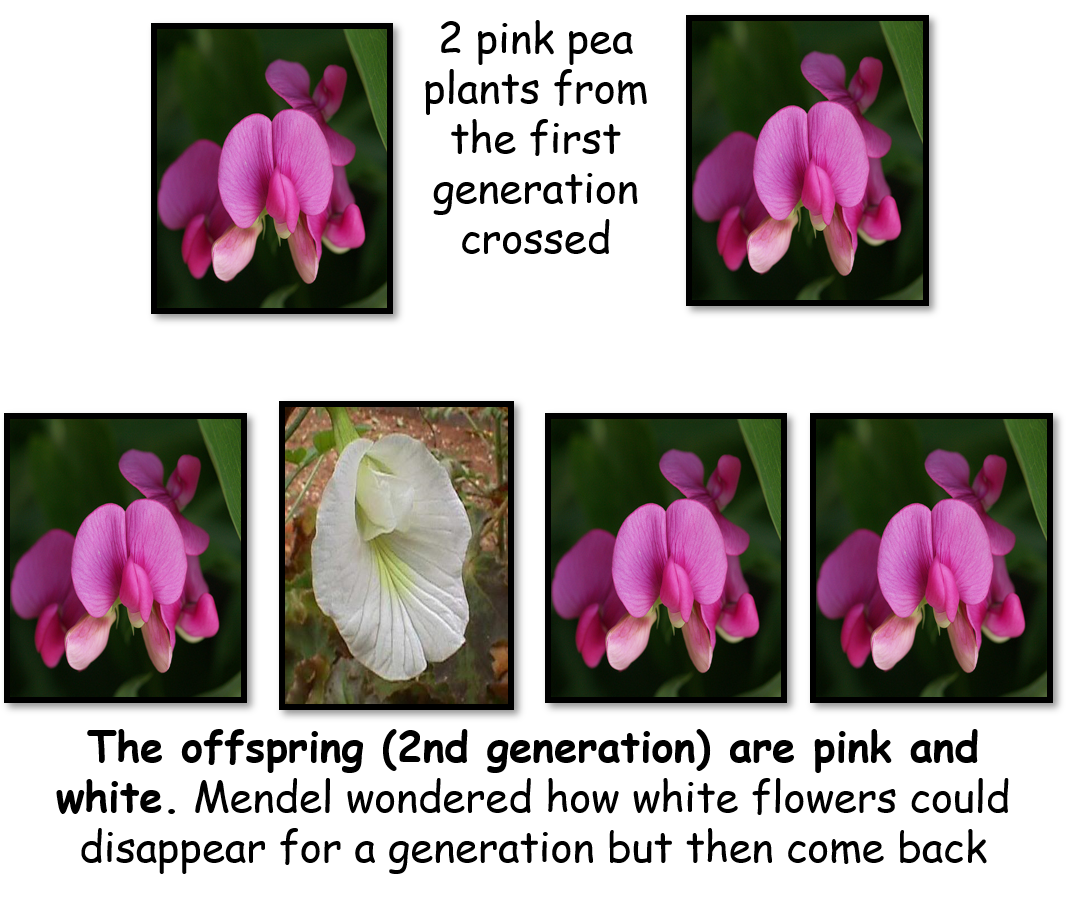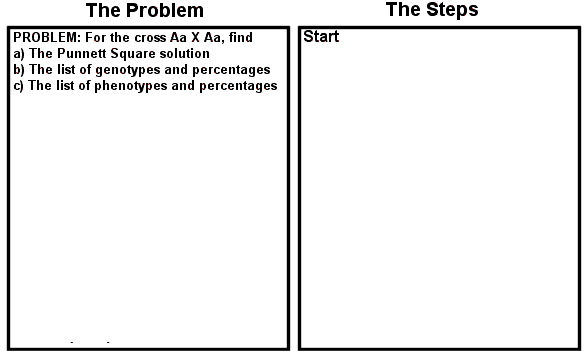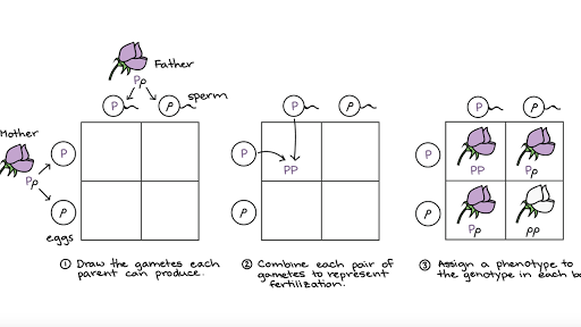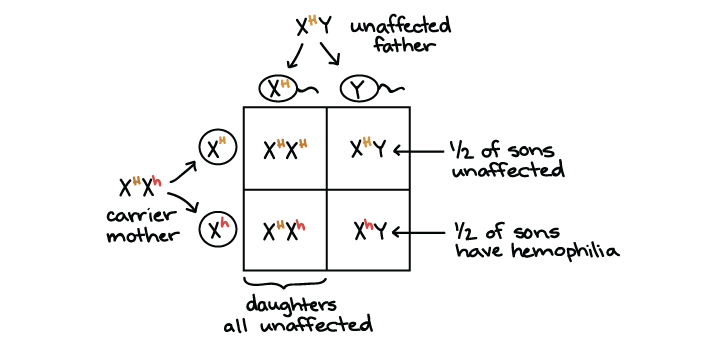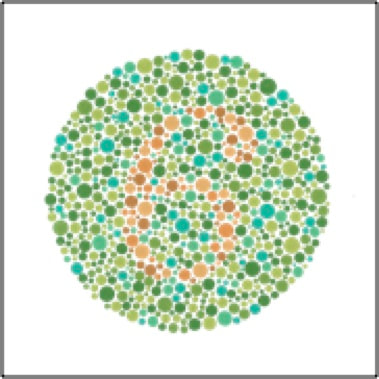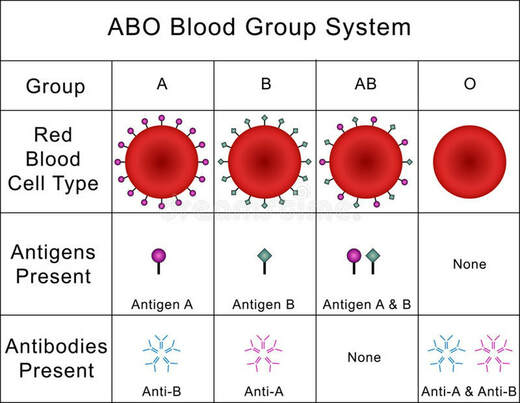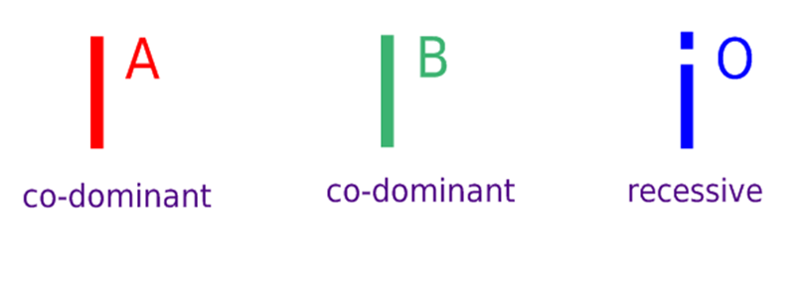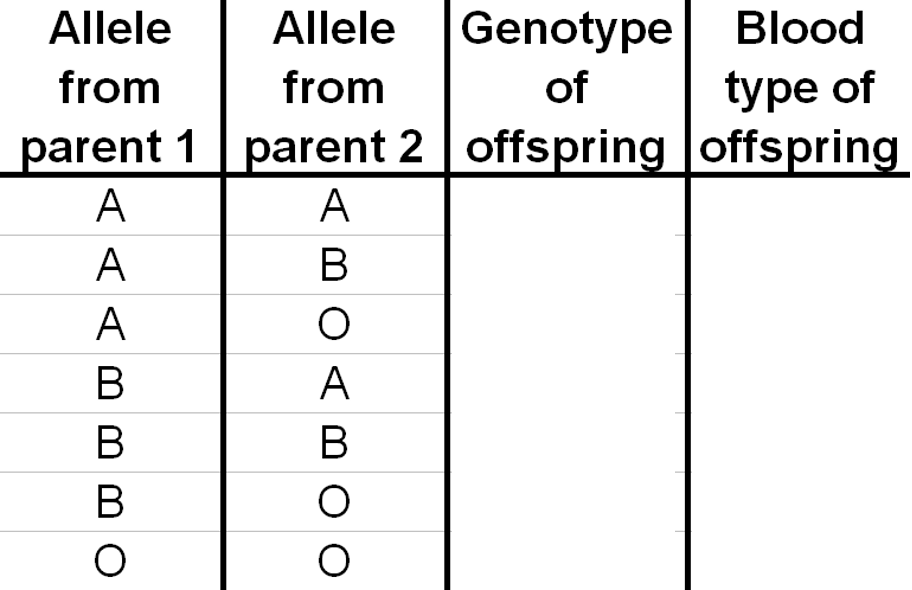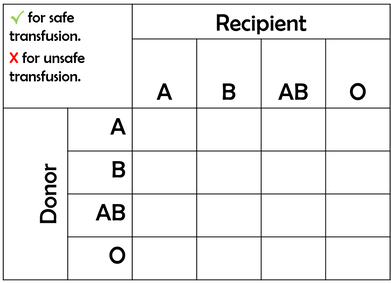Mendelian genetics
Problems and worksheets
Mendel's experiments
Our understanding of inheritance began with the work of Gregor Mendel. Mendel was a monk but in his spare time he bred plants, crossing different varieties together and taking careful records of the characteristics of all the offspring.. Prior to Mendel, most people believed inheritance was due to a blending of parental ‘essences’, much like how mixing blue and yellow paint will produce a green color. Mendel instead believed that heredity is the result of discrete units that don't blend, which we now call a gene.
|
Mendel chose garden pea plants for his experiments. He observed and followed seven characteristics (which he could easily control as each characteristic only had two possibilities: tall and dwarf plants (stem length), pink or white flowers, round or wrinkle seed shape, etc). Mendel also made sure that he started his experiments with varieties that were true-breeding (which means that when the plants self-pollinate, all their offspring are of the same variety).
In a typical breeding experiment, he would cross-pollinate between two contrasting, true -breeding pea varieties: for example between pink and white flowered plants. This mating or crossing of two varieties is called hybridization. He observed that in the F1 generation (hybrids) all the offspring were pink. The character for white flowers did not show up.. Mendel called the dominant allele the feature fully expressed in the hybrids and the recessive allele the feature that did not show up in the hybrids. TASK
The white flower is recessive and the pink one dominant. 1a) Draw a punnet square to show the first generation cross. b) What are the phenotypes and what are the genotypes? 2a) Draw a punnet square to show the second generation cross. b) Explain why the white flower reappears in the second generation |
Please note that we use RATIOS instead of PERCENTAGES and we add the phenotypes in the squares too.
Mendel’s conclusion
From all his experiments on pea plants, Mendel reached these three important conclusions about heredity in plants:
1. Characteristics in plants are determined by “hereditary units”.
2. Hereditary units are passed on from both parents, one unit from each parent.
3. Hereditary units can be dominant or recessive — if an individual has both the dominant and the recessive unit for a characteristic, the dominant characteristic will be expressed.
We now know that the “hereditary units” are of course genes. But in Mendel’s time nobody knew anything about genes or DNA, and so the significance of his work was not to be realised until after his death.
From all his experiments on pea plants, Mendel reached these three important conclusions about heredity in plants:
1. Characteristics in plants are determined by “hereditary units”.
2. Hereditary units are passed on from both parents, one unit from each parent.
3. Hereditary units can be dominant or recessive — if an individual has both the dominant and the recessive unit for a characteristic, the dominant characteristic will be expressed.
We now know that the “hereditary units” are of course genes. But in Mendel’s time nobody knew anything about genes or DNA, and so the significance of his work was not to be realised until after his death.
|
Based on his pea plant studies, Mendel proposed that traits are always controlled by single genes. However, modern studies have revealed that most traits in humans are controlled by multiple genes as well as environmental influences and do not necessarily exhibit a simple Mendelian pattern of inheritance.
|
|
Key Definitions
GENE: A sequence of nucleotides to which a specific function can be assigned. Each gene occupies a specific position on a chromosome called its locus (loci –plural). Genes are passed down from parents to offspring (via the gametes) during sexual reproduction.
ALLELE: An allele is an alternative form of a gene. They are found in the same locus in each homologous chromosome and carry information for the same character, e.g. the gene that determines shape of hair follicles can have two alleles, one that produces straight hair and one which produces curly hair. A gene can have multiple alleles.
HOMOLOGOUS CHROMOSOMES are a pair of chromosomes having the same structural features. Each member of the pair of chromosomes has the same number and pattern of genes. The genes found in the same locus on both chromosomes carry information for the same character, but may have different alleles.
GENOTYPE: It is the genetic information of a particular organism as specified by its alleles. The genotype is hereditary, as parents pass it down to their offspring, The genotype is represented by the letters of the alleles e.g. AaBb
HOMOZYGOUS (TRUE-BREED): An organism which has a pair of identical alleles for a certain character is said to be homozygous for that character. Normally genes are represented by letters, so a homozygous organism will have the same letters (AA, aa, BB, etc)
HETEROZYGOUS (HYBRID): Organisms having different alleles for a character. E.g. Aa, Bb, etc.
PHENOTYPE: It is the observable characteristics of an organism produced by the interaction of its genes and the environment which surrounds its development. E.g. Black hair, blue eyes, etc.
CODOMINACE: Neither allele is dominant or recessive. Instead both alleles are separately (equally) manifested in the phenotype. E.g. human blood type group AB.
INCOMPLETE DOMINANCE: It is characterized by an intermediate phenotype. For example having pink flowers with white spots.
ALLELE: An allele is an alternative form of a gene. They are found in the same locus in each homologous chromosome and carry information for the same character, e.g. the gene that determines shape of hair follicles can have two alleles, one that produces straight hair and one which produces curly hair. A gene can have multiple alleles.
HOMOLOGOUS CHROMOSOMES are a pair of chromosomes having the same structural features. Each member of the pair of chromosomes has the same number and pattern of genes. The genes found in the same locus on both chromosomes carry information for the same character, but may have different alleles.
GENOTYPE: It is the genetic information of a particular organism as specified by its alleles. The genotype is hereditary, as parents pass it down to their offspring, The genotype is represented by the letters of the alleles e.g. AaBb
HOMOZYGOUS (TRUE-BREED): An organism which has a pair of identical alleles for a certain character is said to be homozygous for that character. Normally genes are represented by letters, so a homozygous organism will have the same letters (AA, aa, BB, etc)
HETEROZYGOUS (HYBRID): Organisms having different alleles for a character. E.g. Aa, Bb, etc.
PHENOTYPE: It is the observable characteristics of an organism produced by the interaction of its genes and the environment which surrounds its development. E.g. Black hair, blue eyes, etc.
CODOMINACE: Neither allele is dominant or recessive. Instead both alleles are separately (equally) manifested in the phenotype. E.g. human blood type group AB.
INCOMPLETE DOMINANCE: It is characterized by an intermediate phenotype. For example having pink flowers with white spots.
Inheritance problems and Punnett Squares
The phenotype of an individual is determined by his or her genotype. The genotype is determined by alleles that are received from the individual’s parents.. These alleles control if a trait is dominant or recessive. Remember, traits are dominant if only one copy of the allele is required for expression of the trait.
You can determine the likelihood of producing a child with a particular trait using a Punnett square. Assuming you know the genotypes for the trait, using a Punnett square allows you to visualize the potential genotypes of their offspring as well as determine the probability of a phenotype being expressed. .
For example. If you wanted to know what happens if two heterozygous pink plants are bred together you would organise the information as in the diagram below.
You can determine the likelihood of producing a child with a particular trait using a Punnett square. Assuming you know the genotypes for the trait, using a Punnett square allows you to visualize the potential genotypes of their offspring as well as determine the probability of a phenotype being expressed. .
For example. If you wanted to know what happens if two heterozygous pink plants are bred together you would organise the information as in the diagram below.
|
TASKS:
Download the Super Babies Genetics worksheet. Use your knowledge of genes and inheritance to determine the probability of any offspring of these superheroes having super powers. |
- In humans and other mammals, biological sex is determined by a pair of sex chromosomes: XY in males and XX in females.
- When a gene is present on the X chromosome, but not on the Y chromosome, it is said to be X-linked. X-linked genes have different inheritance patterns than genes on non-sex chromosomes (autosomes). That's because they are present in different numbers in females (XX) and males (XY).
- Rather than homozygous or heterozygous, males are said to be hemizygous for X-linked genes.
- X-linked human genetic disorders are much more common in males than in females due to the X-linked inheritance pattern.
|
|
|
Go through this animation to understand it better
Haemophilia
In humans, the alleles for certain conditions (including some forms of color blindness, hemophilia, and muscular dystrophy) are X-linked. These diseases are much more common in men than they are in women due to their X-linked inheritance pattern. Let's look at a Punnett square example using an X-linked human disorder: hemophilia, a recessive condition in which a person's blood does not clot properly. A person with hemophilia may have severe, even life-threatening, bleeding from just a small cut. Hemophilia is caused by a mutation in either of two genes, both of which are located on the X chromosome. Both genes encode proteins that help blood clot. Let's focus on just one of these genes, calling the functional allele XH and the disease allele Xh.
In our example, a woman who is heterozygous for normal and hemophilia alleles (XHXh) has children with a man who is hemizygous for the normal form (XHY). Both parents have normal blood clotting, but the mother is a carrier. What is the chance of their sons and daughters having hemophilia?
In humans, the alleles for certain conditions (including some forms of color blindness, hemophilia, and muscular dystrophy) are X-linked. These diseases are much more common in men than they are in women due to their X-linked inheritance pattern. Let's look at a Punnett square example using an X-linked human disorder: hemophilia, a recessive condition in which a person's blood does not clot properly. A person with hemophilia may have severe, even life-threatening, bleeding from just a small cut. Hemophilia is caused by a mutation in either of two genes, both of which are located on the X chromosome. Both genes encode proteins that help blood clot. Let's focus on just one of these genes, calling the functional allele XH and the disease allele Xh.
In our example, a woman who is heterozygous for normal and hemophilia alleles (XHXh) has children with a man who is hemizygous for the normal form (XHY). Both parents have normal blood clotting, but the mother is a carrier. What is the chance of their sons and daughters having hemophilia?
Since the mother is a carrier, she will pass on the hemophilia allele (Xh) on to half of her children, both boys and girls.
- None of the daughters will have hemophilia (zero chance of the disorder). That's because, in order to have the disorder, they must get a Xh allele from both their mother and their father. There is 0% chance of the daughters getting an Xh allele from their father, so their overall chance of having hemophilia is zero.
- The daughters have a 50% chance of becoming a carrier because they can still inherit the disease allele from thier mother., but they do not suffer from the illness because they also have a copy of the healthy allele.
- The sons get a Y from their father instead of an X, so their only copy of the blood clotting gene comes from their mother. The mother is heterozygous, so half of the sons, on average, will get an Xh allele and have hemophilia (50% chance of the disorder).
|
Another example of an X-linked trait is red-green colorblindness. Let (Xb) represent the recessive allele that causes colorblindness and (XB) represent the normal dominant allele. Females that are XBXB or XBXb have normal color vision, while XbXb females are colorblind. Males that are XBY have normal color vision, while XbY males are colorblind.
|
Genetics lab 2
Blood groups and blood transfusions
In 1900 Karl Landsteiner discovered that human blood differed from one individual to another.. This difference is due to the presence of antigens on the plasma membranes of red blood cells and on the presence or absence of antibodies in plasma.
Your ABO blood type is based on the presence or absence of the A and B antigens on your red blood cells. The A blood type has only the A antigen and the B blood type has only the B antigen. The AB blood type has both A and B antigens, and the O blood type has neither A nor B antigen.
Your ABO blood type is based on the presence or absence of the A and B antigens on your red blood cells. The A blood type has only the A antigen and the B blood type has only the B antigen. The AB blood type has both A and B antigens, and the O blood type has neither A nor B antigen.
By the time you are six months old, you naturally develop antibodies against the antigens your red blood cells lack. For instance, a person with A blood type will have anti-B antibodies, and a person with B blood type will have anti-A antibodies. If you have type A blood, you cannot receive B blood because your body's anti-B antibodies will fight the B blood's B antigens.
|
Just like eye or hair color, our blood type is inherited from our parents.. Each biological parent donates one of two ABO alleles to their child. The A and B alleles are codominant and the O gene is recessive. For example, if an O allele is paired with an A, the blood type will be A. If an A and B allele are paired together the blood type will be AB..
|
|
|
|
|
TASK
1. Copy and complete the table with all the possible genotypes and phenotypes.. 2. A man who has the type B blood (genotype: BB) is married to a woman with type O blood. What blood type will their children have? 3. A woman with type A blood is claiming that a man with type AB blood is the father of her child, the child is also type AB. Could this man be the father? Show the possible crosses. 4. A man with type AB blood is married to a woman with type O blood. They have two natural children, and one adopted child. The children's blood types are: A, B, and O. Which child was adopted? |
Donating Blood
When a patient receives a blood transfusion it is vital that the blood is compatible with his own, if it is incompatible, donor antigens react with antibodies in the patients plasma..
An immune response known as agglutination can occur.
Agglutination is the clumping together of red blood cells due to interaction between antigens and antibodies.. This causes the blood to start clotting inside the body, blocking blood vessels and can lead to death.
In practice, incompatible antibodies in a transfusion can be diluted by the recipient’s plasma, so this is not always fatal.
When a patient receives a blood transfusion it is vital that the blood is compatible with his own, if it is incompatible, donor antigens react with antibodies in the patients plasma..
An immune response known as agglutination can occur.
Agglutination is the clumping together of red blood cells due to interaction between antigens and antibodies.. This causes the blood to start clotting inside the body, blocking blood vessels and can lead to death.
In practice, incompatible antibodies in a transfusion can be diluted by the recipient’s plasma, so this is not always fatal.
Type A has A antigens & antibodies to fight B antigens
Type B has B antigens & antibodies to fight A antigens
Type AB has A&B antigens & no A or B antibodies
Type O has no antigens & antibodies to fight A & B
Type B has B antigens & antibodies to fight A antigens
Type AB has A&B antigens & no A or B antibodies
Type O has no antigens & antibodies to fight A & B
Task
1. Complete the table above to show which transfusions would be safe (no agglutination) and which would be unsafe (agglutination).
2. Which blood types are compatible with:
-A
-B
-AB
-O
3. i) Which blood type is a universal recipient?
ii) Explain why people with this group can receive any type of blood.
4. i) Which blood type is a universal donor?
ii) explain why this group can be given to any recipient.
1. Complete the table above to show which transfusions would be safe (no agglutination) and which would be unsafe (agglutination).
2. Which blood types are compatible with:
-A
-B
-AB
-O
3. i) Which blood type is a universal recipient?
ii) Explain why people with this group can receive any type of blood.
4. i) Which blood type is a universal donor?
ii) explain why this group can be given to any recipient.
